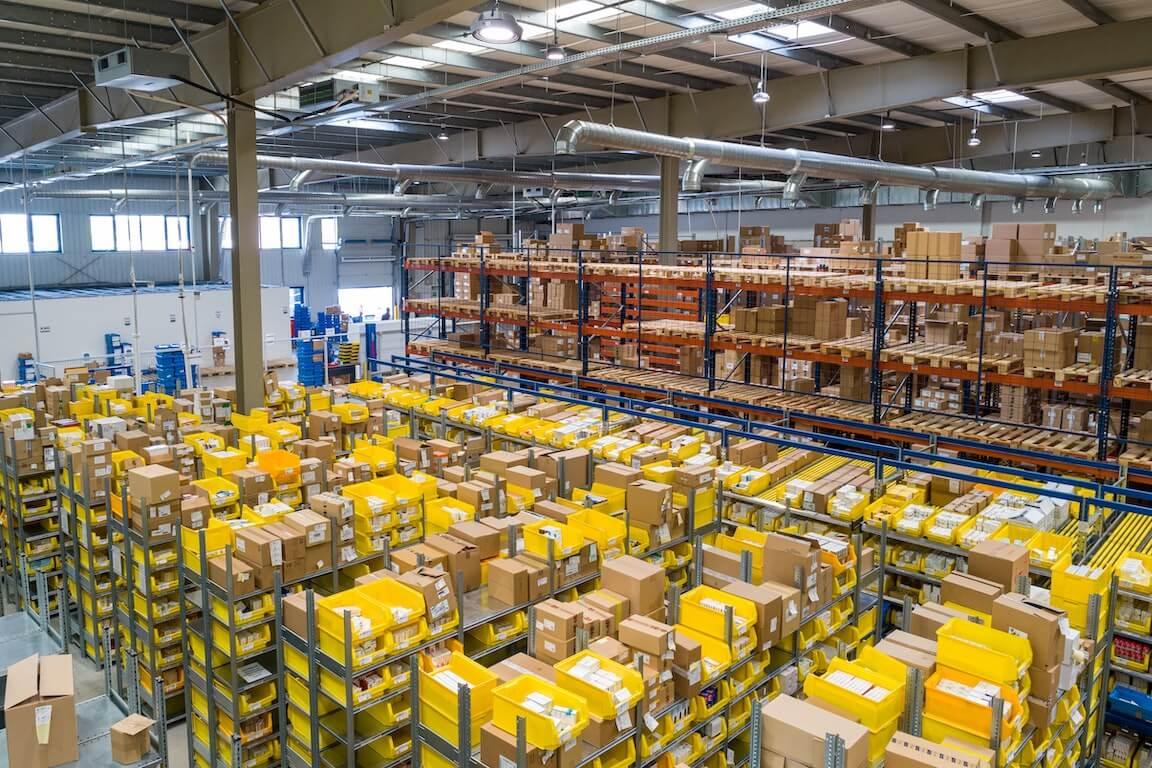
Basics on Inventory Optimization

Yulia Fedorova
06 Jan 2022
As markets expand and goods become available around the world, inventory optimization becomes increasingly complex. Managers are required to maintain and track goods coming from different locations using various modes of transportation. It is a nearly impossible task without a strategy that includes a structured methodology and continuous data analysis.
What is inventory optimization?
Simply put, inventory optimization is a set of strategies designed to deliver the right amount of product at the right time at the lowest possible cost, ensuring an optimal balance between supply and demand. Enterprises operating without an inventory optimization plan are at risk of cost overruns and poor productivity. The inventory optimization strategy aims to maintain a constant inventory flow, eliminate out-of-stock situations, minimize losses and risks while increasing profits by improving efficiency and reducing inventory costs.
How does inventory optimization reduce costs and increase revenues?
Both the lack of stock and its excess is a problem in any business. For example, delays in delivery for construction can lead to huge losses, as projects are paused and work crews sit idle waiting for materials to work. Meanwhile, other materials received on time cannot be used, and you pay for storage space.
Remember yourself when you choose a product in an online store for a long time. You move it to the cart, start filling out payment details and suddenly see a message that the supplier does not have the product. Or when you come to the store to buy a set of products familiar to you and do not see your favorite tea or coffee in the usual place.
This "out-of-stock" situation is perhaps the most unpleasant for the manufacturer and seller because they miss out on profits. In addition, the case of lack of goods causes significant damage to consumer loyalty.
One way to successfully reduce your inventory costs while providing a good level of service is to optimize the company's safety stocks and apply the right reorder strategy.
What is safety stock, and when safety stock is needed?
Safety stock is goods stored in a warehouse and used in unforeseen situations. Companies need safety stocks in the following cases:
Fluctuations in demand for products
For example, today, sugar is sold in the usual quantity, and tomorrow it is reported on TV that the price of sugar will inevitably increase. Customers are running to the stores, creating a rush of demand. Sugar instantly disappears from the shelves, but the subsequent delivery is expected only in a week according to the plan. Sharp fluctuations in the market require safety stock.
Violation of delivery terms from the supplier
Not all suppliers are equally helpful and fulfill their obligations. Sometimes, deliveries are delayed due to the supplier's fault or force majeure circumstances, such as a transport accident or a natural disaster.
Violation of delivery volumes by the supplier
The volume of deliveries may also be reduced due to the supplier's fault, in which case the customer will receive only a part of the goods that will not be enough to maintain stable sales volumes.
Failures in the production cycle
When delivered directly from the manufacturer, the customer is not insured against unforeseen events in production. Troubleshooting a large enterprise takes time, so that deliveries may be delayed indefinitely.
What affects the safety stock level
Variability of demand volume
Demand may change depending on various factors, such as seasonality, customer expectations, rising or falling prices for substitute goods, etc. If the market fluctuates too much, then a more extensive safety stock will be required. With less variability in demand, there is no need to store large safety stocks.
Variability of intervals between points of occurrence of demand
Sales may be irregular. For example, many goods are sold on Monday, a little on Tuesday, and a lot again on Wednesday. Such fluctuations cannot be predicted. The more such uncertainty, the more safety stock is needed.
Forecasting errors
It is necessary to include errors in forecasts in the calculation of safety stocks. For example, one level of demand was predicted, but it turned out to be completely different. It is necessary to collect sales statistics so that errors can be indicated later.
Shelf life of products
It is impractical to include a large number of perishable products in the safety stock. It will lead to disposal and losses. It is often expensive to dispose of overdue items, and the potential benefit from fully satisfying demand is less than the losses from the disposal.
Frequency of delivery of products from the supplier
If supplies are limited, then the level of the company's safety stock should be prominent. If the supplier also delays deliveries, this should also be taken into account so as not to be without goods at the most inopportune moment.
Does your business need inventory and safety stock optimization?
The simple truth is that inventory and safety stock optimization works for almost all supply chains. Here are a few questions that will help you determine if the result is worth the effort:
- Will a change in the total stock by 10% or more make a difference?
- Would you like to provide the best service without increasing stock costs?
- Do you run out of popular products and have to put up for sale old products?
- Do you want to launch new products more often or at a lower cost?
- Would you save money by purchasing raw materials or finished products from abroad?
- Do you order goods and services from different suppliers?
- Do you have a plan in case of failure of your supply chain?
If you answered "yes" to any of these questions, your company would most likely benefit from an inventory and safety stock optimization strategy provided by numi solutions.
numi's approach is a holistic and integrated inventory optimization approach, that provides daily recommendations to the user in order to avoid out-of-stock situations, but at the same time not to create overstocks or wastage. The latest machine learning algorithms are used to achieve the best possible results.